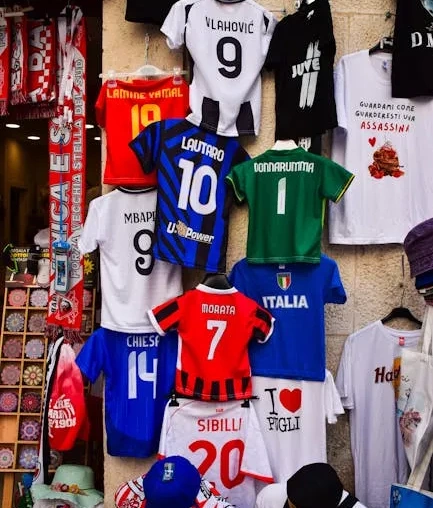
Tether’s Growing Influence: A 10.12% Stake in Juventus FC
In a bold move blending crypto and sports, Tether Investments—the investment arm behind the world’s largest stablecoin, USDT—has increased its stake in Italian football giant Juventus FC to 10.12%. This strategic play signals Tether’s ambition to expand its footprint in Europe, particularly after facing regulatory hurdles under the EU’s Markets in Crypto-Assets (MiCA) framework.

Why Juventus? The Intersection of Crypto and Sports
Tether’s deepening ties with Juventus aren’t just about financial investment—they’re about brand synergy. Football clubs like Juventus boast massive global followings, offering Tether a platform to:
- Boost mainstream adoption of USDT through sponsorships and fan engagement.
- Leverage Juventus’s brand equity to rebuild trust post-MiCA scrutiny.
- Explore blockchain innovations in ticketing, merchandise, and fan tokens.
Regulatory Context: Tether’s European Comeback
After MiCA compliance challenges temporarily sidelined Tether in Europe, this investment could be a calculated re-entry. By aligning with a high-profile, regulated entity like Juventus, Tether may aim to:
- Demonstrate transparency and institutional credibility.
- Preemptively address concerns about stablecoin reserves and operational audits.
- Position USDT as a bridge between traditional finance and crypto in regulated markets.
Market Reactions and Future Implications
The crypto community is watching closely. Analysts speculate whether Tether’s move could:
- Inspire other crypto firms to invest in sports as a legitimacy play.
- Accelerate fan token ecosystems powered by blockchain.
- Trigger regulatory debates about crypto’s role in traditional industries.
For now, Tether’s stake in Juventus underscores a growing trend: crypto isn’t just disrupting finance—it’s reshaping global culture.
Bottom Line
Tether’s Juventus investment is more than a headline—it’s a strategic pivot toward compliance, adoption, and cross-industry influence. As MiCA’s rules take effect, such partnerships may become blueprints for crypto’s next chapter in Europe.



